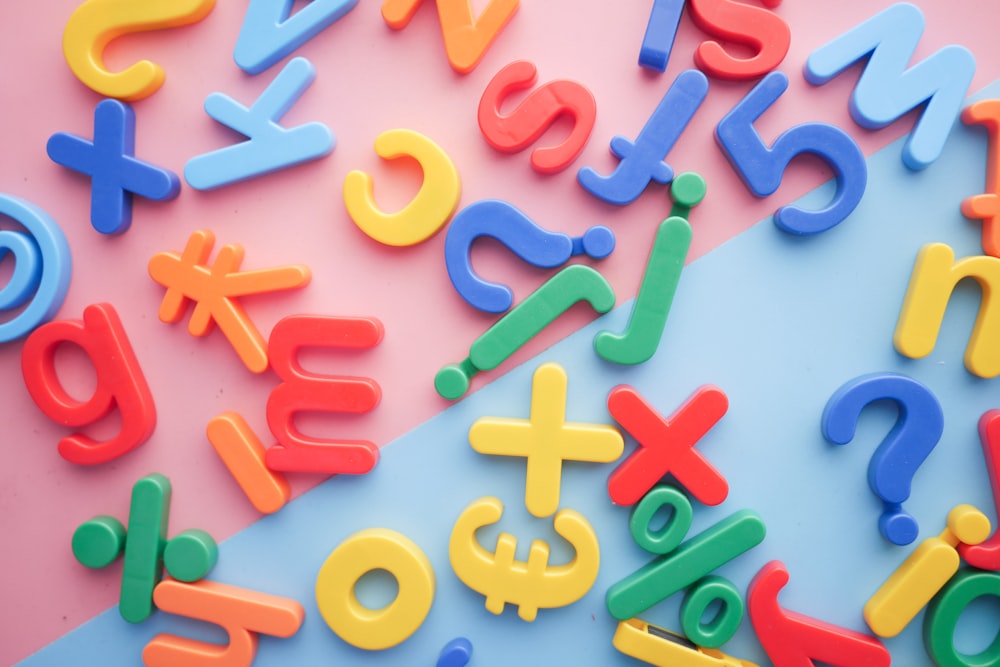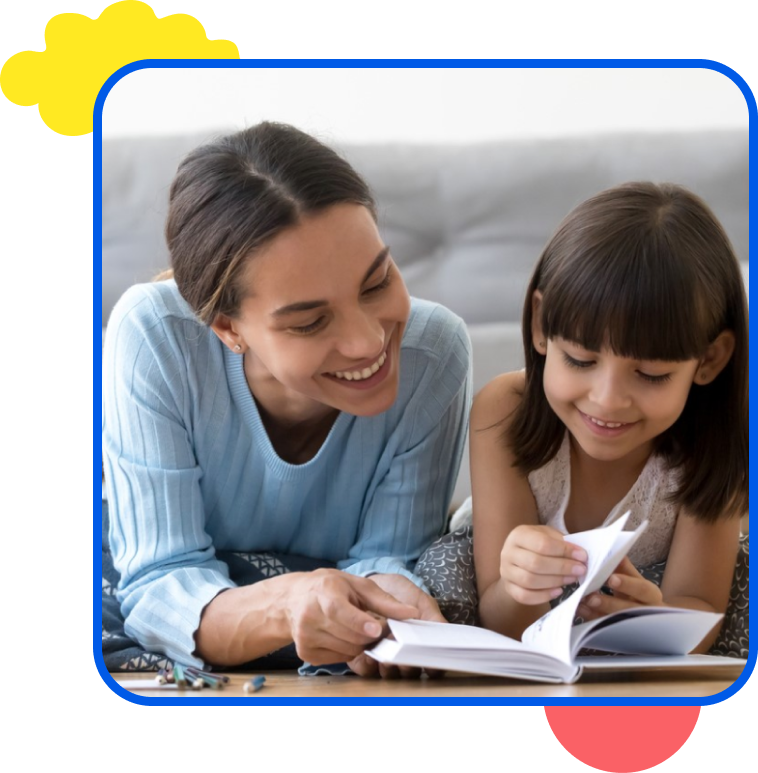What Is The Easiest Language To Learn For Kids?



The easiest language to learn depends entirely on an individual’s native language. For English speakers, Germanic languages are often easier to learn. Whereas, for native French speakers, other romance languages, such as Spanish or Italian are easiest.

No matter where you go in the world, we find people with at least one thing in common: we all speak some form of oral language that allows us to communicate our thoughts, wants, and desires with those around us.
On the other hand, the difference between everyone is that we all speak different languages.
Even within the same language, dialects, accents, and words are often pronounced differently.
In total, it’s estimated that there are approximately 7,151 language dialects worldwide.
But this number is likely to be considerably higher when you factor in the different accents of these languages. After all, in the English language alone, there are over 160 dialects spoken in varying regions of the world.
So that leaves us wondering, what is the most straightforward language to learn? Is it easier for some native speakers to learn a foreign language compared to other native speakers learning that same language?
Below, you’ll find everything about the easiest languages to learn and which are the easiest for English, French, Spanish, and Mandarin Chinese native speakers to learn as a second language. We also share how your child can start learning one of those languages online for free.
Let’s get started!
How To Define The Easiest Languages To Learn
I know you want to know about the easiest language to learn. But this question isn’t as easy to answer as you might think.
While some foreign languages might be easier to learn, the fact is that all languages have their advantages and disadvantages when learning, mainly dependent on what language an individual speaks as their first.
For instance, Norwegian and other Scandinavian languages are relatively easy for a native English speaker to learn because of their similarities to English.
But these languages are vastly different from French or Spanish.
On the other hand, some languages are more challenging to learn.
Although it is one of the most widely spoken languages in the world, Mandarin Chinese has thousands of special characters in its alphabet. Compare this to only twenty-six letters in the Latin alphabet, and it’s easy to see why Mandarin is harder to learn.
But just because Mandarin is challenging doesn’t mean it’s the most complex language to learn. For instance, those with excellent visual memories might find memorizing Mandarin symbols relatively easy compared to learning the sounds and accents of the French language.
So how can we define which languages are easy to learn and which are hard?
Let’s start by looking at the easiest languages to learn as a first language. Then, we’ll dive into the easiest second languages to learn for English, French, Spanish, and Mandarin Chinese native speakers.
The Easiest First Languages To Learn
Many factors can influence how easy it will be for a child to learn their first language.
However, one of the most significant factors is the exposure the child gets to their new language.
When a child is fully immersed in a language environment, it becomes natural to associate the words and sounds they hear with the objects in their immediate environment.
Therefore, there isn’t any one language that’s easier to learn than another.
Instead, as long as a child is given sufficient exposure within the critical period for language acquisition, it should be relatively easy for them to acquire the language.
To illustrate this, imagine a child raised in America mainly exposed to American English. This American child will find learning English just as easy as a child raised in China exposed primarily to the Mandarin language.
Alternately, a child raised in France will learn French just as easily as a child learning Spanish when raised in Spain.
However, due to their having similar roots to a first language, some languages can be easier to learn as a second or third language.
Let’s take a better look!
The Easiest Second Languages For English Speakers
Fortunately, most common languages today are based on the Latin alphabet, consisting of no more than 26 characters.
Within these languages with Latin roots, the Germanic languages are some of the most widely spoken worldwide.
Some of the most prevalent West Germanic languages are English, German, Dutch, Frisian, Afrikaans, Yiddish, and Scots, which are closely related by their alphabets and phonetics.
Therefore, it’s no surprise to learn that any of these languages should be relatively easy for native English speakers to learn and understand.
Look at the following sentences, and you’ll quickly see how similar these languages are.
- My name is Joel. (English)
- Mijn naam is Joel. (Dutch)
- Mine Name ist Joel. (German)
- My naam is Joel. (Afrikaans)
As you can see, each Germanic language has slightly different pronunciations, but they all have similar sounds and spellings.
Other Easy Languages For Native English Speakers To Learn
- French
- Spanish
- Norwegian
- Swedish
- Portuguese
- Indonesian
- Italian
- Swahili
The Easiest Second Languages For French Speakers
Romance languages are a group of modern languages that evolved from Vulgar Latin between the years 200 A.D. and 800 A.D.
In order of prevalence, the five most spoken romance languages are Spanish, Portuguese, French, Italian, and Romanian.
However, even within the romance language family, you’ll find some languages that are more closely related than others.
For instance, Spanish and Italian words are often quite similar in their spelling and phonetics.
On the other hand, French is considered the most divergent romance language since the Germanic languages heavily influenced it. That’s why some 10,000 words in French are almost identical to their English counterparts.
Let’s compare the romance languages side-by-side to understand better how similar they are.
- Mi nombre es Joel. (Spanish)
- Meu nome é Joel. (Portuguese)
- Je m’appelle Joël. (French)
- Mi chiamo Gioele. (Italian)
- Numele meu este Joel. (Romanian)
Once again, we see that each romance language is unique, despite having many phonetic similarities to each other.
Other Easy Languages For Native French Speakers To Learn
- Haitian creole
- Catalan
- Occitan
- Sardinian
- Galician
- Valencian
The Easiest Second Languages For Spanish Speakers
Did you know there are more than 500 million Spanish-speaking individuals worldwide, making it the third most spoken language outside of English and Mandarin?
Therefore, if you or your child speaks Spanish as a first language, you’ll have a good chance of being able to communicate almost anywhere you go.
Additionally, since Spanish is one of the most prevalent romance languages, any of the languages mentioned above, such as French, Italian, or Portuguese, should be relatively easy to learn as a second language.
But what other languages are similar and easy to learn for native Spanish speakers?
You might be surprised to learn that Tagalog, the native language of the Philippines, is similar to Spanish in many ways. Many everyday items’ names are virtually identical in Spanish and Tagalog.
For those who are learning Spanish, we can also note that it is a relatively straightforward language to read because it’s considered a phonetic language. In other words, most Spanish words are pronounced exactly how they are spelled.
Does your child need help to learn English, French, or Spanish as a second language? If so, you should consider enrolling them in an online language class to help them master their new language.
The Easiest Second Languages For Mandarin Chinese Speakers
As we already know, languages with similar roots are typically the easiest to learn as a second language.
Therefore, it’s no surprise that it’s easiest for a Chinese language speaker to learn other Asian languages.
But what are the easiest languages to learn for someone who is already fluent in Chinese?Korean, Japanese, and Thai are some of the most similar languages to Chinese.
Let’s look at a few of the similarities between these languages.
- Korean consists of approximately 60% Chinese words, making it one of the easiest languages to learn for someone who already speaks Mandarin Chinese.
- The Chinese and Japanese languages share roughly 50% of the same symbols and characters.
- Both Mandarin Chinese and Thai are time-independent languages, meaning there are no past, present, or future tenses to learn and memorize.
Frequently Asked Questions – The Easiest Language To Learn
Now that we know about the easiest languages to learn, let’s look at some of the most frequently asked questions we hear from our young language learners and their parents.
What is the most challenging language to learn?
Despite being one of the most widely spoken languages in the world, Mandarin Chinese is considered one of the most challenging languages to learn for a few reasons. Mandarin requires about 2,200 hours of practice to become fluent. Mandarin also consists of several thousand special characters, making learning and memorizing it difficult. However, starting early with Chinese classes for kids can make the process much easier.
What is the most spoken language in the world?
English is said to be the most widely spoken language globally, with an estimated 1.5 billion speakers worldwide. Although not all English speakers use it as their first language, approximately 1 in 5 people can understand the English language.
Should I raise my children to be bilingual?
Yes, if you can, you should raise bilingual children! There are plenty of studies to indicate that being bilingual offers many benefits and advantages to developing children. For instance, bilingual children often have better focus, concentration, multi-tasking abilities, and social skills than their monolingual counterparts.
What is the best way to teach my child a second language?
Fortunately, there are many ways you can approach language learning with a young child. There are plenty of bilingual games, language learning apps, and online resources that you can use to introduce a second language to your child. However, the best option is to enroll your child in an in-person or online language class taught by experts.
How long does it take for a child to learn a second language?
The answer depends on the child’s level of exposure, immersion, and how much time they spend learning and practicing their new language. Generally, a child can take between a few months to a few years to learn a second language. But the sooner they start, the sooner they’ll master their new language.
How many languages can one person learn?
There’s no exact limit to how many languages a person can learn. However, as a person cultivates a growing number of languages, it becomes increasingly difficult to keep their languages straight. That said, Ziad Fazah, the current record holder for most languages spoken, claims to speak 59 world languages.
Final Thoughts
Whether your child is learning English, French, or Spanish, all three are among some of the most widely spoken and easiest languages to learn.
However, the best way to support your child in their language learning endeavor is to immerse them in the language with bilingual education.
At Bilingual Bebe, we provide students between the ages 3-15 a fully immersive and interactive online learning environment, where they’ll learn alongside small groups of other children the same age, and all while having fun!
If you’re interested in starting your child on the path to early bilingualism, click here to start with a free trial today!


Simple Ways to Learn a Second Language at Home
Get resources and tips to help supplement your bilingual education journey at home.
By providing your email you are signing up to receive emails from Bilingual Bebe. Privacy Policy






